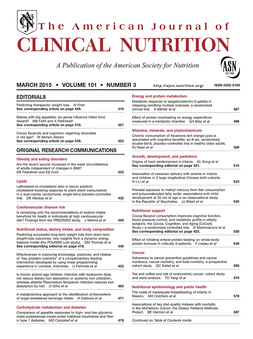
Osteoporotic fracture rate not significantly improved by vitamin B-12 or folic acid intake

Osteoporotic fracture rate not significantly improved by vitamin B-12 or folic acid intake
Effect of daily vitamin B-12 and folic acid supplementation on fracture incidence in elderly individuals with an elevated plasma homocysteine concentration: B-PROOF, a randomized controlled trial.
Am J Clin Nutr. 2014 Dec;100(6):1578-86.Synopsis
2919 elderly hyperhomocysteinemic patients at risk for osteoporotic fractures were randomized to receive daily oral supplements containing 500 mg vitamin B-12, 400 mg folic acid and 600 IU of vitamin D3 or a placebo supplement containing only vitamin D3. The purpose of this study was to investigate whether the intake of vitamin B-12 and folic acid impacted the time to first osteoporotic fracture a...
To view the full content, login to your account,
or start your 30-day FREE Trial today.
FREE TRIAL
LOGIN
Forgot Password?
Explore some of our unlocked ACE Reports below!

Learn about our AI Driven
High Impact Search Feature
Our AI driven High Impact metric calculates the impact an article will have by considering both the publishing journal and the content of the article itself. Built using the latest advances in natural language processing, OE High Impact predicts an article’s future number of citations better than impact factor alone.
Continue



 LOGIN
LOGIN

Join the Conversation
Please Login or Join to leave comments.